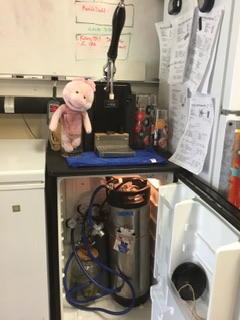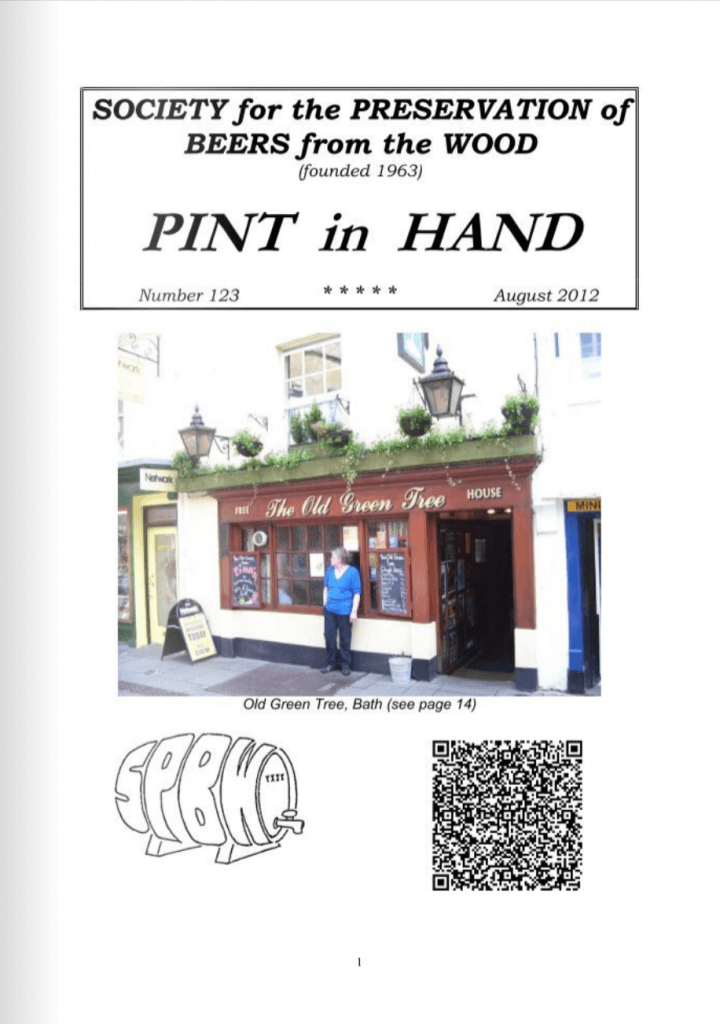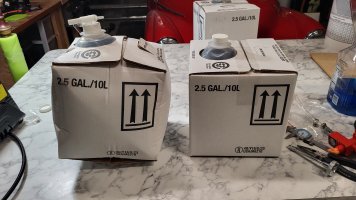Real ale is a strange beast and I agree with
@Cheshire Cat that it's the best. It can also be awful.
It's not just the making, but the conditioning, keeping and drinking that make it unique.
To start with, the style is very wide: light-coloured summer beers to porters and stouts.
The beer is brewed as normal and, when ready, the green beer is racked into a cask (a keg which can take a pressure, but is only fitted with a bung hole and a tap hole). Both holes are hard bunged and the beer is transported to condition and carbonate in the pub cellar.
The beer is live, its like beer you might rack into a secondary fermenter.
The casks are stillaged. When ready, the hard bung in the bung hole is hammered into the cask by knocking a porous bung into its place. This vents the cask and allows the ingress of air as the beer is drawn. A tap is hammered into the tap hole, displacing the bung there.
As soon as the cask is broached we have about 3 or 4 days to drink it as the oxygen in the drawn-in air begins to change the beer. You can taste the difference between a newly broached cask, a half full one and a fresh, but nearly empty one
All are good. The last pint should be as good as the first.
Hence, cask ale is pub ale: it needs drinking. In our culture, we rarely have a single pint (of 20 fluid ounces, not 16) but "several".
The same ale put into a bottle is not the same beer even though it's bottle conditioned. Leaving it for half an hour in the glass is as close as you'll get.
I think you need a culture of real ale drinkers for the style to be successful. The barman/woman too, needs to be an excellent cellarman/woman.
I should add, thanks for highlighting this style, and pointvout that you'll never find proper real ale aboard ship.














































![Craft A Brew - Safale S-04 Dry Yeast - Fermentis - English Ale Dry Yeast - For English and American Ales and Hard Apple Ciders - Ingredients for Home Brewing - Beer Making Supplies - [1 Pack]](https://m.media-amazon.com/images/I/41fVGNh6JfL._SL500_.jpg)














